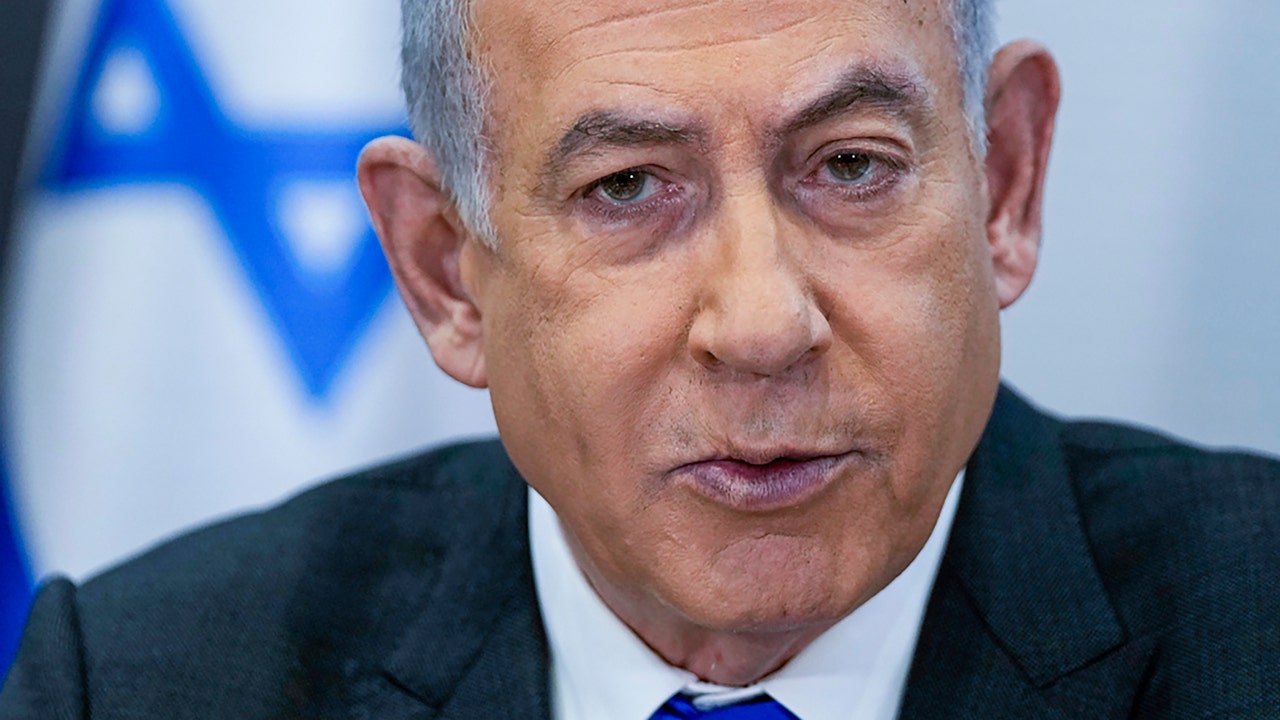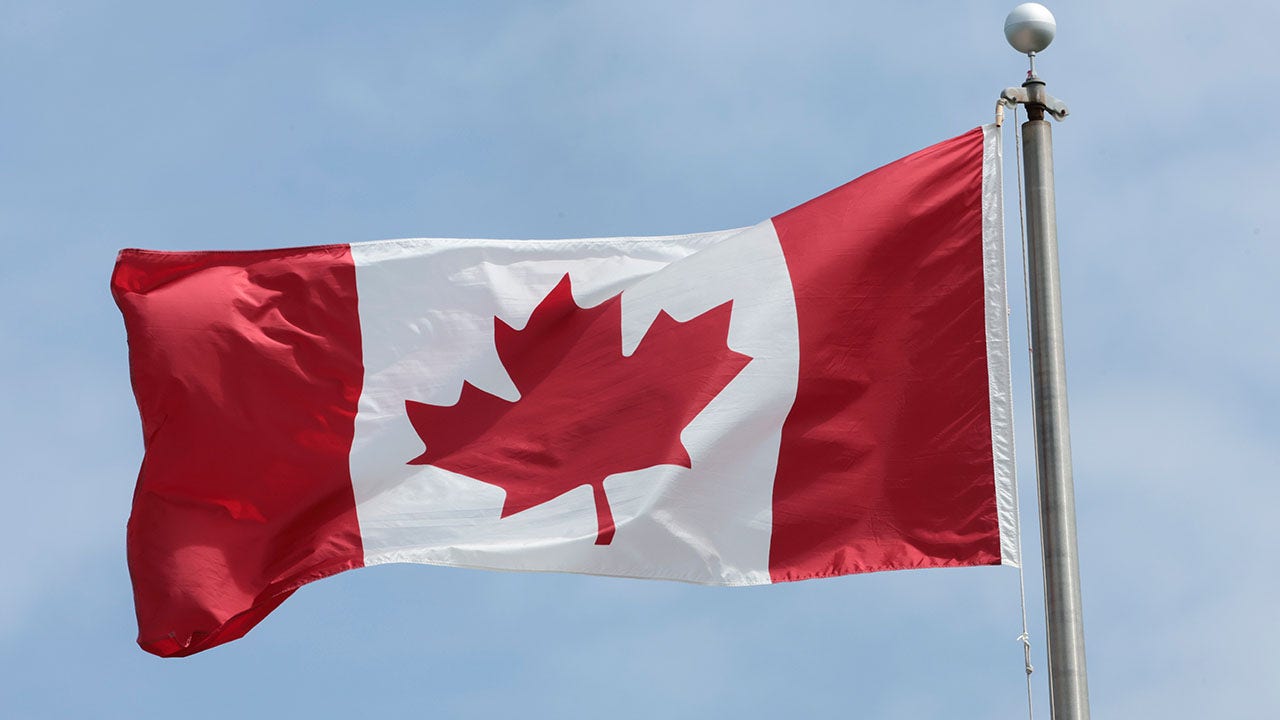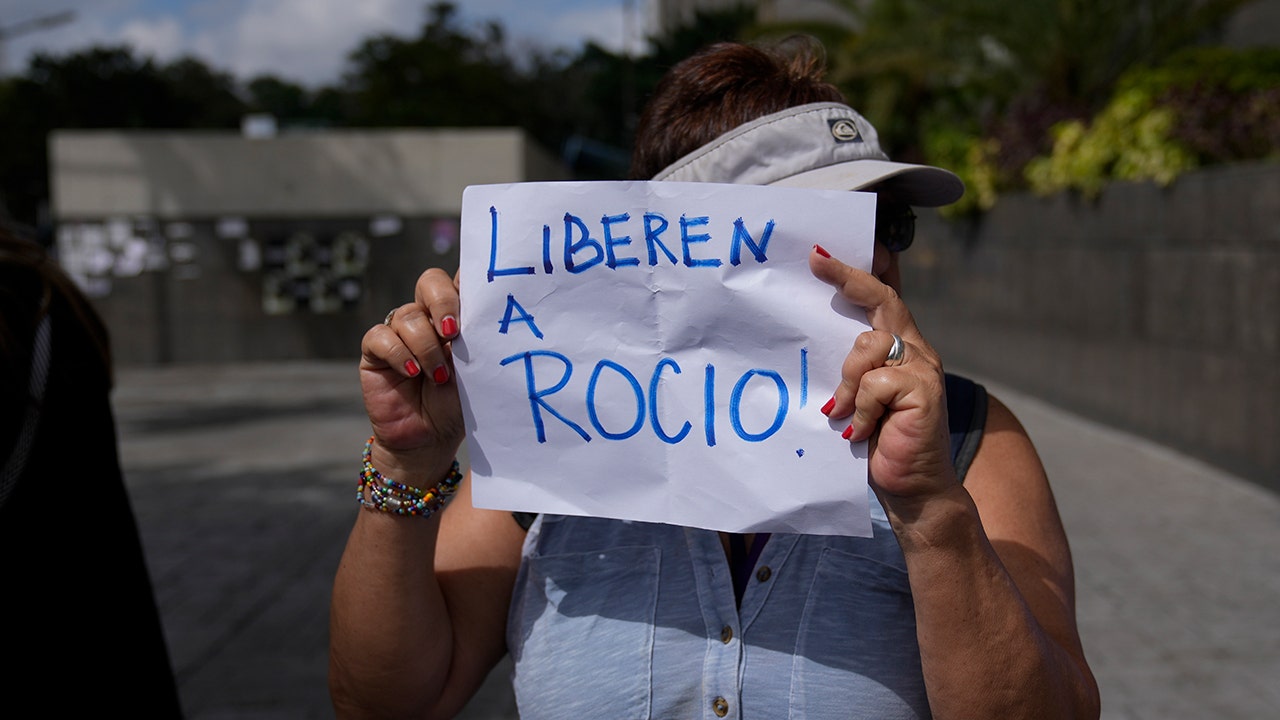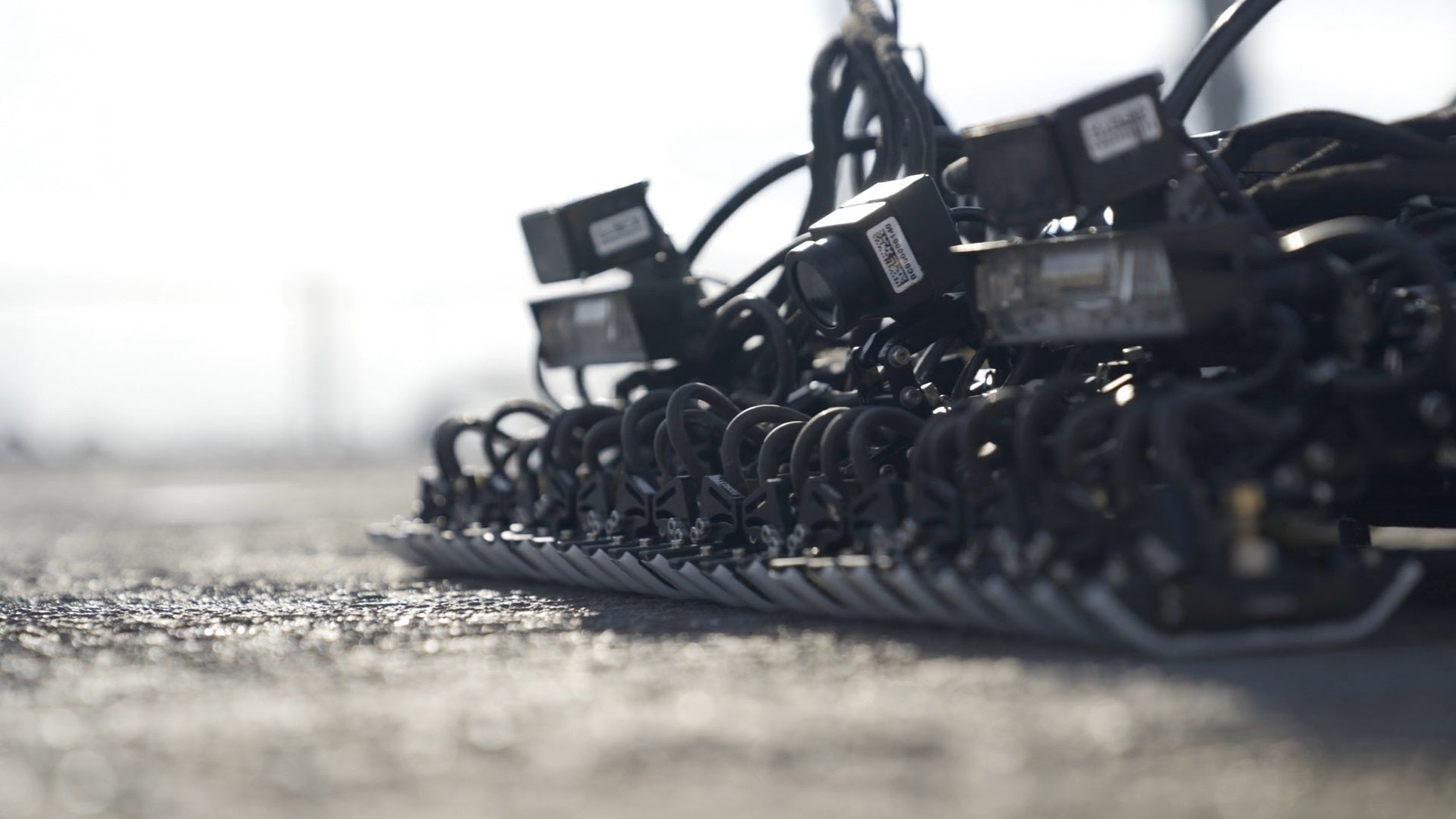From deadly attacks on medical workers to urban districts razed to rubble, rapidly worsening conditions in the Gaza Strip are further hobbling humanitarian groups that have struggled to address the devastation wreaked by Israel’s war against Hamas, aid officials said on Thursday.
The dire situation has been aggravated in the last three weeks by Israel’s military campaign in Rafah, a city in southern Gaza, where more than half of the enclave’s population had previously sought shelter during the war. The fighting there has forced massive waves of displacement and widespread destruction of health and humanitarian services.
“Our humanitarian partners working in Gaza tell us that conditions are worse now than ever before,” Samantha Power, administrator of the U.S. Agency for International Development, wrote on social media on Thursday.
Senior members of the Biden administration have said in recent days the deteriorating conditions for civilians in Gaza still have not reached the point that it would prompt a change in the United States policy on arming Israel. President Biden has warned earlier this month that the United States would block certain arms transfers if Israel targeted heavily populated areas in Rafah in a large-scale offensive.
Many humanitarian and health care groups have described a deepening crisis, not just in terms of a huge drop in aid but also because the intensity of the bombardment is shutting down hospitals and forcing clinics to relocate.
The Palestinian Red Crescent on Thursday said two of its medics were killed by an Israeli strike, bringing the number of its staff members and volunteers killed in the war in Gaza to 19.
“This is yet another reminder of the grim reality medical workers are facing — death, exhaustion, and horrific scenes day after day,” the International Committee of the Red Crescent wrote of the attack.
Responding to a request for comment on the strike, Israel’s military told The New York Times that a “suspicious vehicle” had approached Israeli soldiers in a way that “posed a threat to the forces operating in the area of Rafah.”
“Accordingly, an I.D.F. tank fired toward the vehicle,” the military’s statement added, referring to the Israel Defense Forces. The strike, it said, was under review.
Aid groups have issued increasingly urgent warnings not just about conditions around Rafah, but also about the effect that fighting there has had on humanitarian work across Gaza. The town’s border crossing with Egypt was a major conduit for aid deliveries but it has been shut for weeks because of the fighting. Aid shipments into the enclave have dropped by 67 percent since Israel launched its campaign there, according to the U.N. Office for the Coordination of Humanitarian Affairs.
Gaza’s Ministry of Health said on Thursday that 53 people had been killed in the previous 24 hours, as heavy fighting raged in Rafah and on the outskirts of Gaza City.
Farther north in the enclave, videos on Thursday made by residents who flocked to the town of Jabaliya after Israeli tanks withdrew showed block after block of cratered concrete and pancaked buildings.
The widespread destruction underlines the daily struggle for civilians and aid workers looking for safety.
A strike on Sunday that set a refugee camp ablaze in the Tal al-Sultan district of Rafah, killing 45 people, and a strike on Tuesday in Al Mawasi, a coastal area near Rafah, which killed 21 people, have amplified the confusion and fear among both civilians and aid workers.
Israel has insisted that it has not attacked the areas it has designated as “humanitarian zones,” where evacuating Gazans have been instructed to go. But the social media posts and leaflets Israel dropped over Gaza to identify the zones have sometimes been unclear.
Some civilians who were contacted said they never saw any leaflets, while others said the directions, which include a numbering system the I.D.F. uses to describe different areas, confused them.
“We don’t understand the instructions in the leaflets dropped by the army,” said Rafeef Aziz, 37, a mother of four who recently fled Rafah for Deir al-Balah, which is inside what Israel’s military spokesman called a “safer” zone. “We ask each other and go with what the majority believe.”
Even when civilians and humanitarian groups understand the instructions, they can still be challenging to follow.
Louise Wateridge, a spokeswoman for UNRWA, the main United Nations agency to assist Palestinians, said the enclave’s unreliable mobile networks made it difficult for aid groups like hers to explain to their staff members where they believed it was safe to go or to move equipment.
For residents, Ms. Wateridge said, the leaflets often spread more fear more than usable information.
“What can you tell people?” she said. “No one knows where to go. It’s panic, it’s chaos. Many people see those fliers as just meaning that death is coming.”
Rawan Sheikh Ahmad, Abu Bakr Bashir and Johnatan Reiss contributed reporting.






